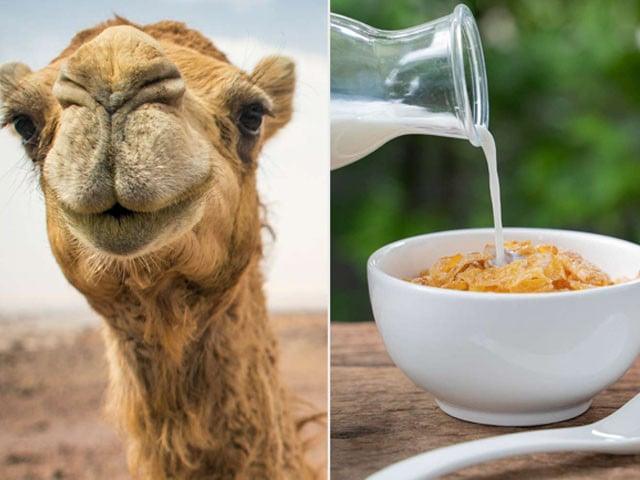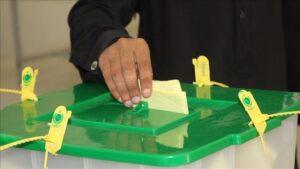Fine:
Camel milk, recognized for its rich profile of nutrients and medicinal properties, has the potential to improve public health and significantly increase Pakistan livestock exports, experts say.
Speaking on World Camel Day, observed annually on June 22, Dr. Jamshaid Akhtar, deputy director of cattle, emphasized the unplugged potential of the camels in the semi -arid and arid regions of Pakistan.
He pointed out that camel milk contains insulin -like proteins, so it is particularly beneficial for diabetic patients.
“Camel Milk is a powerful natural remedy. It not only helps control diabetes, but is increasingly demand in the cosmetic industry due to its natural healing and hydration properties,” he said.
On June 22, Camel World Day is celebrated to raise awareness about the vital role played by camels in desert ecosystems.
“This date was chosen symbolically, since it marks the hottest and longest day of the year, a reminder of the unmatched camel capacity to survive extreme conditions,” explained Dr. Jamshaid.
“Camells are not just desert animals; they are lines of life in hard climates.”
Pakistan, he added, is home to some of the best camel races in the world, which are well adapted to local environmental conditions. He urged farmers to explore camel raising more seriously and consider the economic value of camel -based products such as milk, meat and even bones.
“The increase in production and addition in camel products can help Pakistan gain substantial currencies,” he said.
“By promoting both local and international camel products, we can forge a unique identity for our country in the global won sector.”
Dr. Jamshaid also stressed the cultural and ecological importance of camels, which have historically served communities through transport, food and resistance against climate adversity.
He asked local farmers to adopt scientific methods for efficient camels, pointing out that modern practices could drastically improve productivity.
“It’s time for us to change our perspective and recognize camels as a sustainable source of livelihoods and a pillar of national economic growth,” he concluded.




